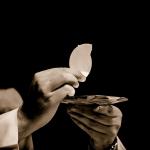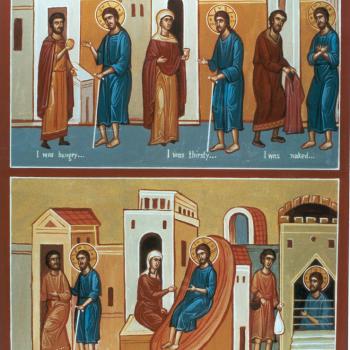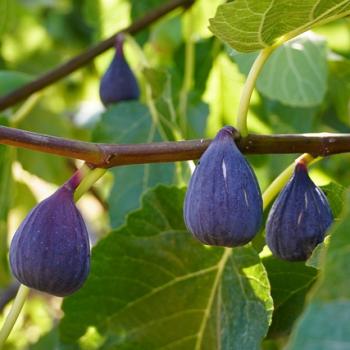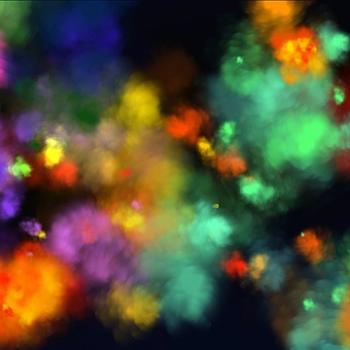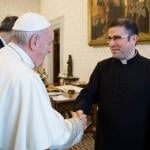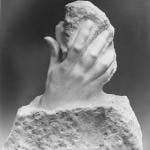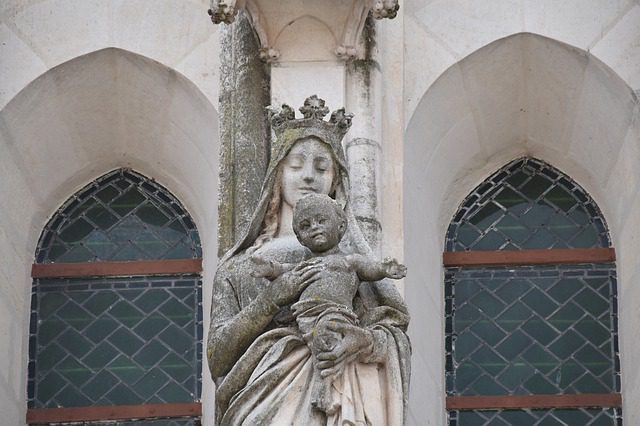
This weekend was the feast of Our Lady of Guadalupe, and also Gaudete Sunday: a beautiful juxtaposition. So of course, some man tried to ruin it. A very foolish professional internet troll decided to post a hot take on the Virgin Mary, on the anniversary of her apparition to Saint Juan Diego at Guadalupe. He retweeted a photo of the miraculous tilma with the caption, “Mary is the greatest saint and queen of Heaven. But she evangelized ZERO, literally, because she knew her role.”

It hurts just to type those words, or to post the screengrab of them above such a lovely picture.
I don’t understand how anyone calling himself Catholic cannot recognize Miriam of Nazareth as an evangelist.
We usually call Mary Magdalene the first evangelist, but before her came Mary the Mother of Christ.
The Gospel according to Matthew begins with a genealogy, starting with our father Adam and ending with Joseph, the husband of Mary, the mother of Jesus Who is called Christ. And for doing this, Matthew is called an Evangelist.
Was the woman by whose consent Joseph became the foster father of Jesus called Christ, not an evangelist?
The Gospel according to Mark begins with John the Forerunner, wandering around the desert, yelling at people and baptizing for the forgiveness of sins. For recording this story, Mark is called an Evangelist.
Is the bearer of the Reason John went out there into the desert to yell, not an evangelist?
Saint John the Beloved Apostle opened his gospel with the most glorious poetry: “In the beginning was the Word, and the Word was with God, and the Word was God. He was in the beginning with God. All things were made through Him, and without Him nothing was made that was made. In Him was life, and the life was the light of men. And the light shines in the darkness, and the darkness did not comprehend it. There was a man sent from God, whose name was John. This man came for a witness, to bear witness of the Light, that all through him might believe. He was not that Light, but was sent to bear witness of that Light. That was the true Light which gives light to every man coming into the world. He was in the world, and the world was made through Him, and the world did not know Him. He came to His own, and His own did not receive Him. But as many as received Him, to them He gave the right to become children of God, to those who believe in His name: who were born, not of blood, nor of the will of the flesh, nor of the will of man, but of God. And the Word became flesh and dwelt among us, and we beheld His glory, the glory as of the only begotten of the Father, full of grace and truth.” And because he wrote down this truth, John is called an Evangelist.
Was the woman who bore that Word when He became flesh, not an evangelist?
The Gospel according to Luke now, that begins with Gabriel. Gabriel goes to Zechariah, tells him the good news and then strikes him dumb. Zechariah can’t tell anyone what’s happening and he hasn’t been told about the Word being made flesh anyway. Then Gabriel appears to Miriam the virgin and gently explains the Lord’s plan. The whole of history and all of creation wait silent on her consent, and she consents. Through her consent, the Word becomes Flesh, which John describes so beautifully, and Miriam the virgin becomes His true mother. Matthew describes the Incarnation from the viewpoint of Christ’s ancestors. Mark describes it from the viewpoint of Saint Joseph. John from a viewpoint that is both in eternity and inside of Mary’s womb. Luke describes it from the viewpoint of Mary.
In that moment, just after the Incarnation, Mary is the only one in the whole world who knows that the Christ has come to exist on the earth.
Then what happens?
Matthew says that Joseph finds out that Mary was pregnant, through the Holy Spirit.
How did he find out?
Someone must have told him. Maybe it was Mary, or someone from the temple where tradition says Mary lived.
How did that person find out?
Mary must have told them.
I don’t know who she told first, and I don’t know what she said. But she must have said something.
The first human being to proclaim that Christ was here, must have been the Virgin Mary.
Mary was the first evangelist.
What did Mary do then? Did she really “know her role?” Did she hide? No, she ran to the hill country to talk to her elder cousin Elizabeth. She couldn’t stay where she was. She left to tell her strange news to an older woman, the wife of the priest, the woman who must have been her mentor when she was a little girl growing up in the temple. Miriam ran to greet Elizabeth. She greeted her when she came in the house. And at the moment of her greeting, the Holy Spirit filled Elizabeth. Inside Elizabeth’s body, John the Forerunner has his first prophetic moment. He leaps in her womb, and she begins to prophesy.
What made that happen?
The Holy Spirit, of course, but it happened at the sound of Mary’s greeting. The Holy Spirit can use any means at all to speak to people; the Holy Spirit is God, after all. The instrument the Holy Spirit used in this case was Mary. Her word, whatever she said in greeting to Elizabeth, which wasn’t written down for us, woke John.
Mary was the evangelist who made John the Forerunner a prophet.
Elizabeth called Mary blessed, and then Mary began to prophesy. Her canticle, her great prophesy, was proclaimed before John began his mission, before the canticle of Zechariah. She was the first human being to tell someone exactly what was about to happen: “My soul magnifies the Lord, And my spirit has rejoiced in God my Savior. For He has regarded the lowly state of His maidservant; For behold, henceforth all generations will call me blessed. For He who is mighty has done great things for me, And holy is His name. And His mercy is on those who fear Him
From generation to generation. He has shown strength with His arm. He has scattered the proud in the imagination of their hearts. He has put down the mighty from their thrones, And exalted the lowly. He has filled the hungry with good things, And the rich He has sent away empty. He has helped His servant Israel, In remembrance of His mercy, As He spoke to our fathers,
To Abraham and to his seed forever.”
Mary was the evangelist who told Elizabeth exactly what God was up to.
She stayed with Elizabeth until Elizabeth gave birth.
After that, she went to Bethlehem and birthed the Word for the whole world. She showed Him to the shepherds first and then the Magi, and then brought Him to the temple so that Simeon and Anna saw that the Christ was here. Mary was the first Evangelist to tell her own people and foreign representatives that the Christ had been born.
And then she carried Him to Egypt. Mary was the first Evangelist to bring Christ to a foreign country.
From there they went to Nazareth, and eventually brought Jesus to the temple where they lost Him for three days, and when they found Him He was discussing the Bible with the elders. Mary was upset with Him, but He tried to tell her it was God’s will. Mary had, much to her sorrow and worry, become the evangelist who brought Christ to the teachers of the Law.
The Word came home to Nazareth, and was obedient to her.
The Word grew up and went out to the desert to be baptized by His eccentric Cousin John; then He sojourned in the desert for forty days and forty nights. And finally He came home, to take His dear mother to a wedding party.
At that party, Mary spoke her last words that have been handed down to us: “Do whatever He tells you to do.” And the last words of the Virgin Mary are an everlasting command. Mary was the first evangelist to give us a moral teaching.
She shows up later, in the Gospel of Matthew and Mark, when Jesus says “Whoever does the will of My Father in heaven is My brother and sister and mother.” Mary had consented to the will of the Father decades ago, which is indeed how she became His mother. She followed Jesus to the foot of the cross, received the Beloved Apostle as her adopted son, and took Christ in her arms when it was all over. She must have been the one who surrendered His body to Joseph and Nicodemus for burial. She became the first evangelist to present the impossible mystery of an immortal God Who can die to the disciples of Christ. She was the first evangelist to give the broken Body of Christ to somebody.
And then, of course, another Mary, Mary Magdalene, became the evangelist to the Apostles and told them that Christ had risen from the dead.
Everyone who was evangelized after that, was evangelized because Mary did those things.
She was where it began.
Other than that, though, I guess you could say she evangelized zero.
In the beginning was the Word, made flesh in the body of Mary, through the consent of Mary, revealed to the world by Mary.
Nothing that happened afterward mattered nearly as much.
Image via Pixabay
Mary Pezzulo is the author of Meditations on the Way of the Cross and Stumbling into Grace: How We Meet God in Tiny Works of Mercy.
Steel Magnificat operates almost entirely on tips. To tip the author, visit our donate page.



